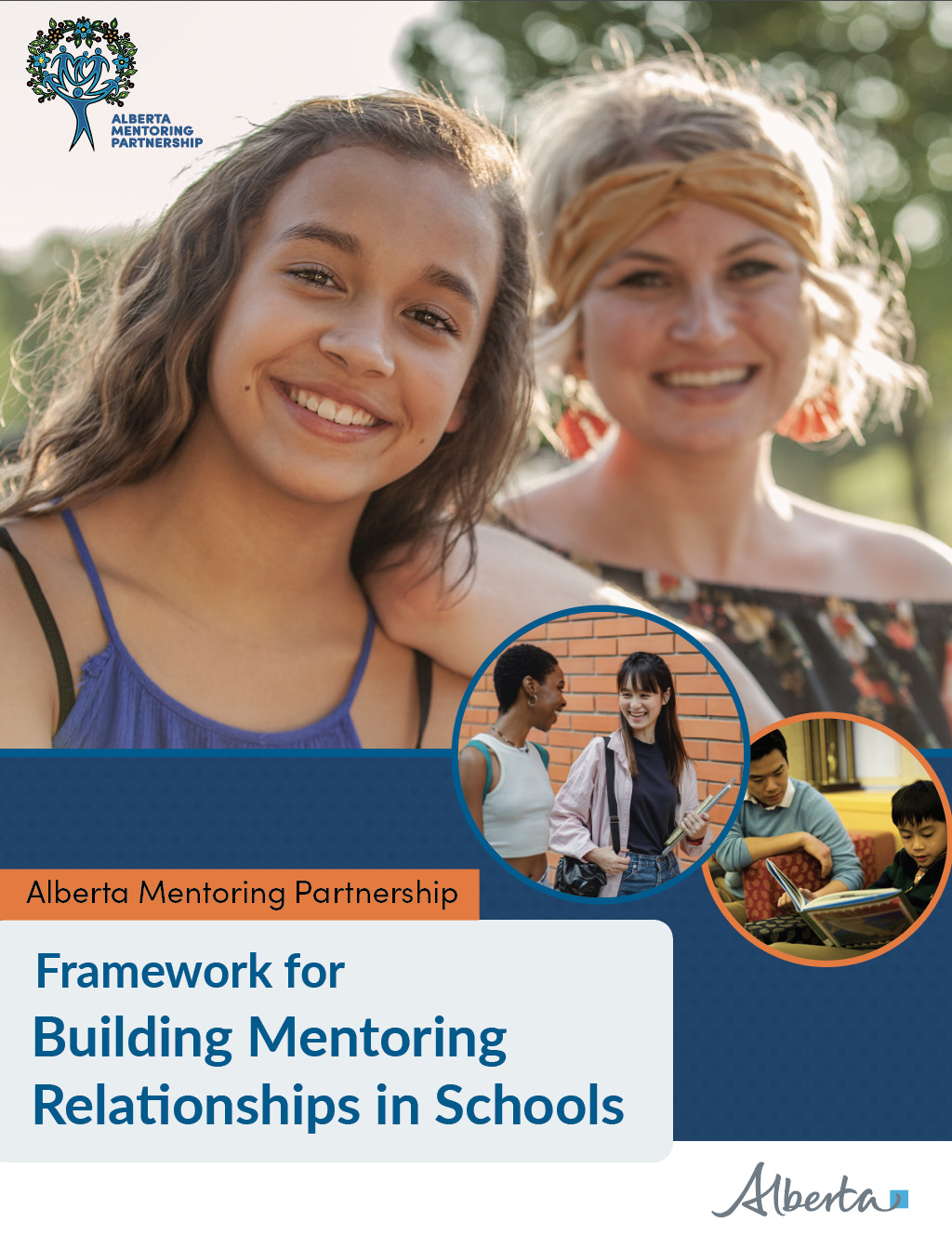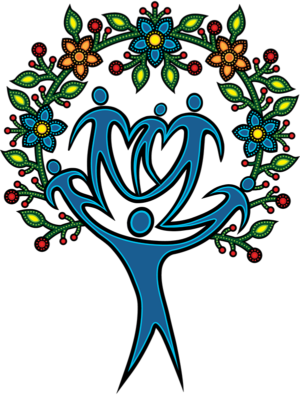Framework for Building Mentoring Relationships in Schools
To assist us in the evaluation of the resource and tracking the mobilization of new mentoring programs please fill in your contact information. We will not share your information, it is for tracking purposes. If you would prefer to just download the resource click here.

